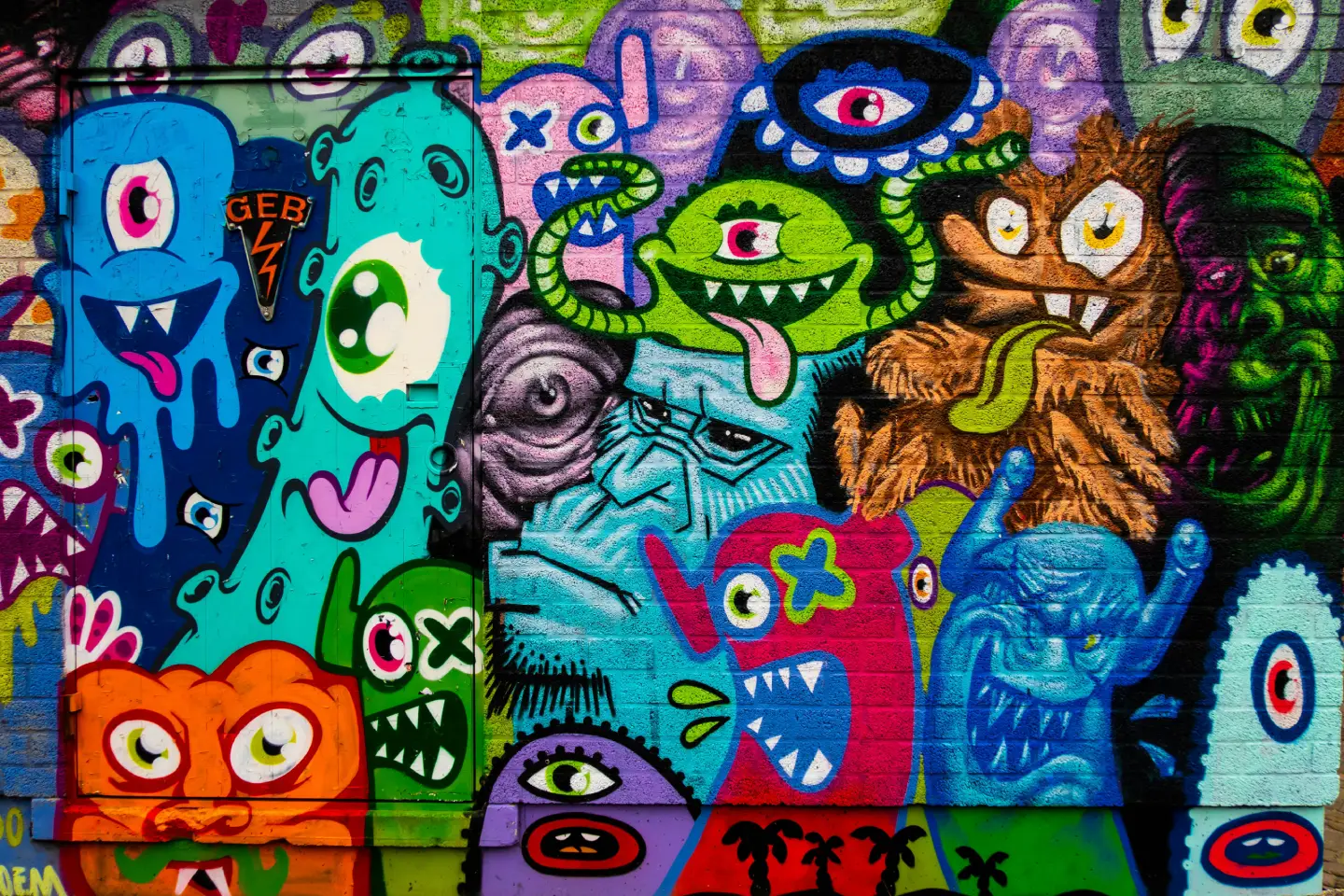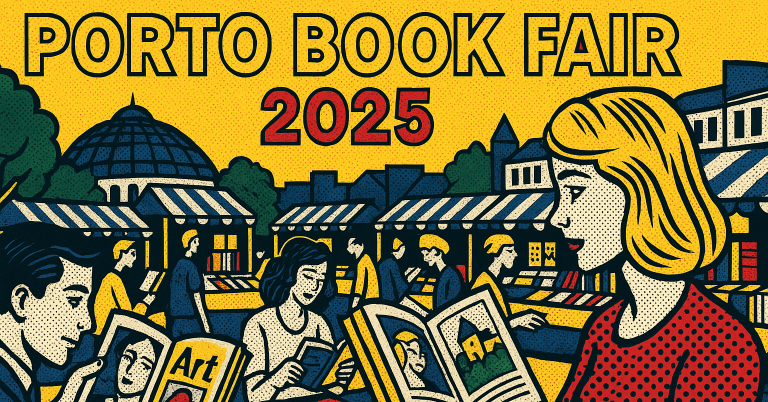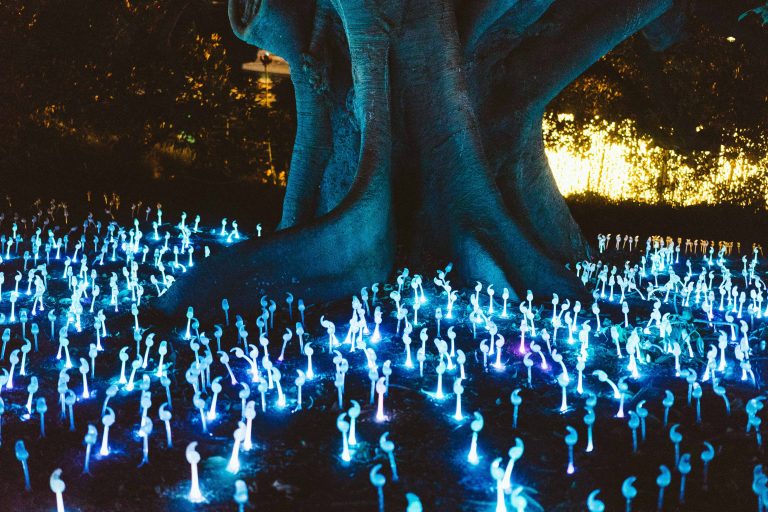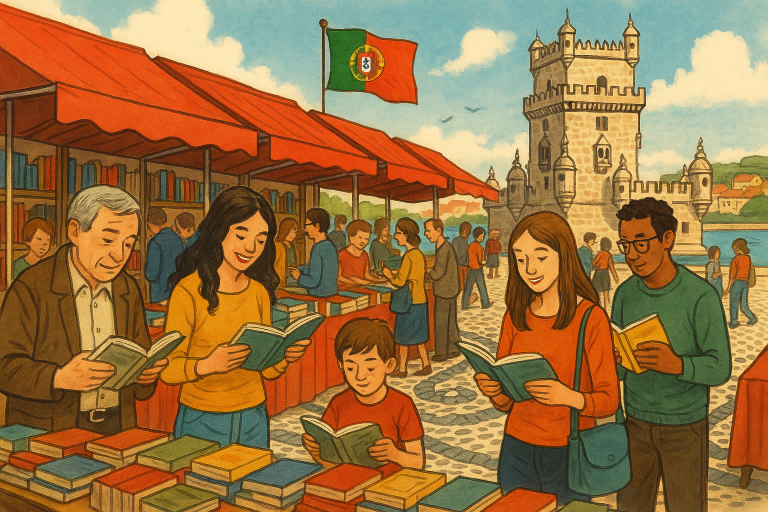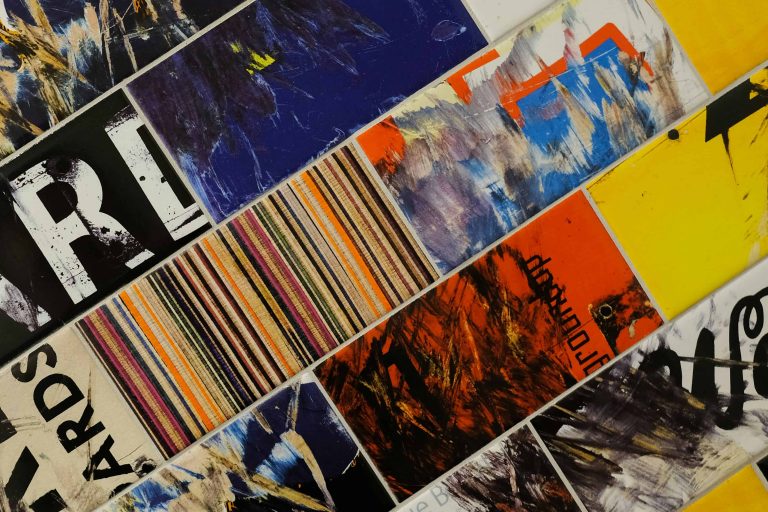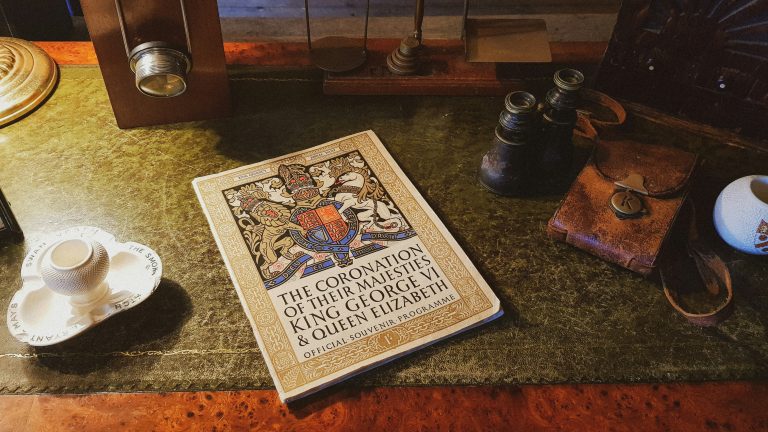Cultural Exchange in Europe: How Interdisciplinary Collaborations Enrich the Arts
Cultural exchange is the lifeblood of the arts, fostering creativity, innovation, and understanding. In Europe, a continent renowned for its diverse cultures and rich artistic history, interdisciplinary collaborations play a pivotal role in this exchange, enriching the arts in myriad ways.
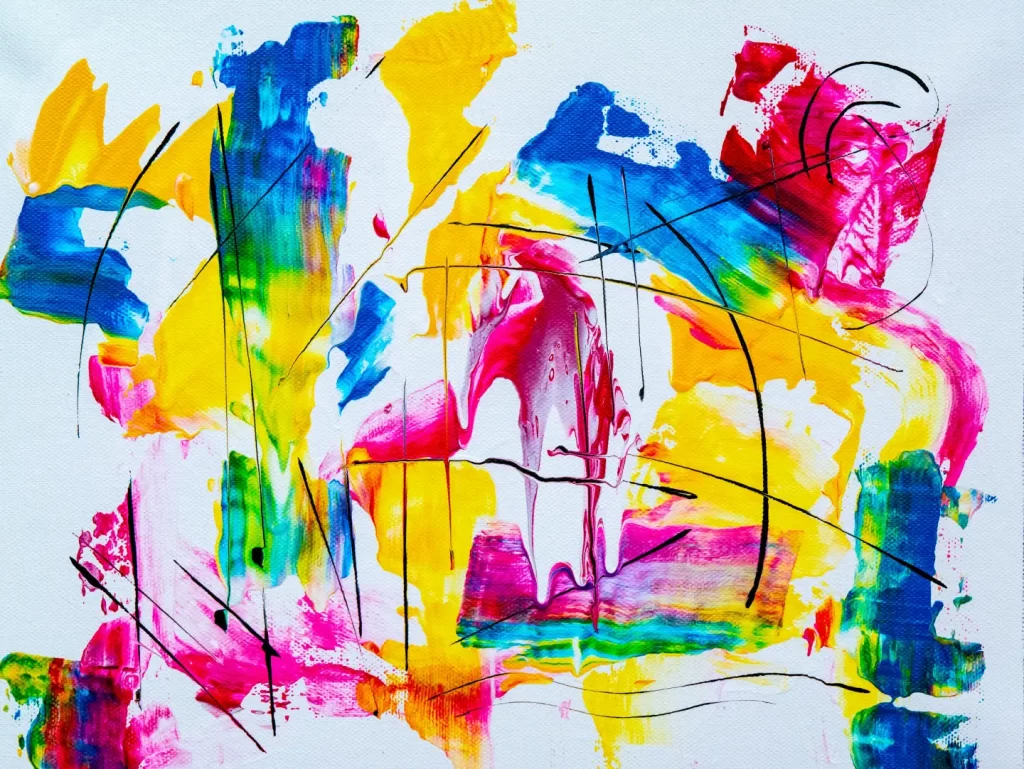
The Power of Cultural Exchange
Cultural exchange is a catalyst for growth and evolution in the arts. It facilitates the sharing of ideas, techniques, and perspectives, leading to artistic innovation and new forms and styles.
A Melting Pot of Ideas
Europe’s cultural diversity makes it a hotbed for artistic collaboration. Artists from different disciplines and backgrounds come together to create, innovate, and inspire, drawing from their unique experiences and perspectives. This fusion of ideas leads to groundbreaking works that push the boundaries of what’s possible in the arts.
The Role of Technology in Facilitating Cultural Exchange
Technology plays a significant role in facilitating cultural exchange in the digital age. Digital platforms enable artists from different parts of Europe to collaborate virtually, expanding the scope of interdisciplinary collaborations. These platforms have democratized access to cultural exchange, allowing more artists to participate and contribute their unique perspectives.

Interdisciplinary Collaborations: Breeding Grounds for Innovation
Interdisciplinary collaborations bring together artists from different fields, sparking creativity and innovation. These collaborations can lead to the creation of entirely new art forms or reimagining existing ones, enriching the art landscape.
Fusion of Art Forms
From visual art installations accompanied by music to theatre performances integrating dance and film, interdisciplinary collaborations in Europe are breaking down barriers between art forms. These collaborations result in hybrid works that offer fresh perspectives and challenge traditional notions of what art can be.
The Impact of Interdisciplinary Collaborations on Traditional Art Forms
While these collaborations give rise to new art forms, they also influence traditional ones. They infuse fresh ideas and techniques into established art forms, leading to their evolution. This constant reinvention keeps traditional art forms relevant and exciting, ensuring survival in a rapidly changing art landscape.
The Impact of Interdisciplinary Collaborations on European Arts
Interdisciplinary collaborations have a profound impact on the European art scene. They foster creativity, encourage diversity, and promote cultural understanding.
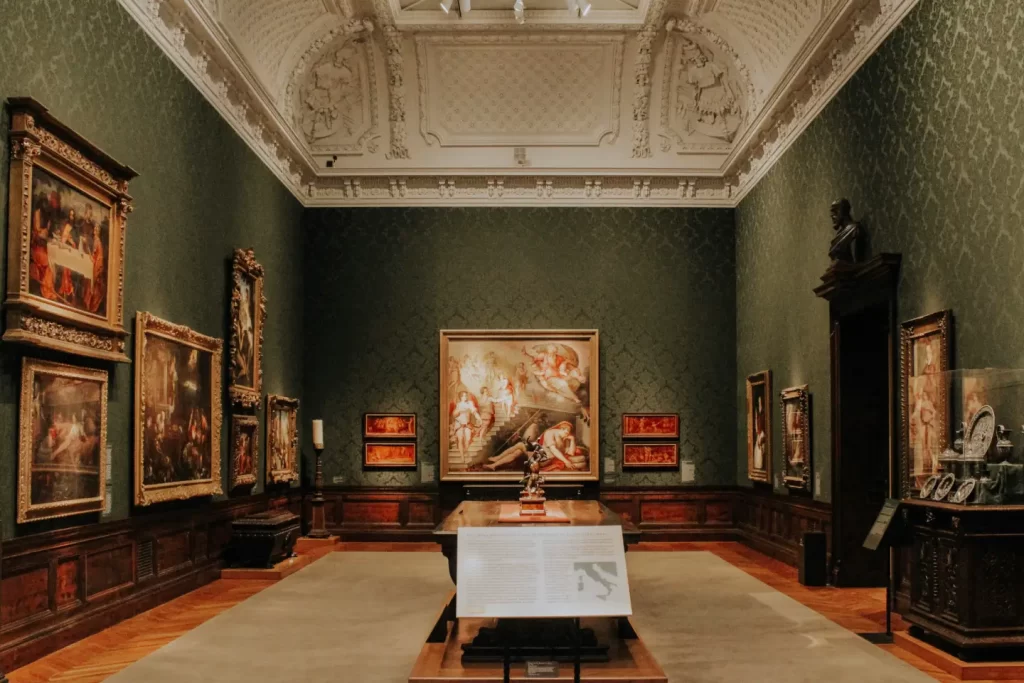
Fostering Creativity and Diversity
Interdisciplinary collaborations foster creativity and diversity by bringing together artists from diverse disciplines. They encourage artists to step out of their comfort zones, experiment with new ideas and techniques, and learn from each other. This openness to experimentation and learning leads to the creation of unique, diverse works that enrich the art scene.
Promoting Cultural Understanding
Interdisciplinary collaborations also promote cultural understanding. They provide a platform for artists from different cultural backgrounds to share their stories and perspectives, fostering dialogue and understanding. This cultural exchange contributes to a more inclusive and diverse arts scene, reflecting the multicultural fabric of Europe.
Celebrating Interdisciplinary Collaborations in Europe
Europe celebrates interdisciplinary collaborations through numerous festivals, exhibitions, and initiatives. These events showcase the richness and diversity of the arts, highlighting the importance of cultural exchange and collaboration.
Festivals and Exhibitions
Europe hosts numerous events celebrating interdisciplinary art, from the Venice Biennale to the Edinburgh International Festival. These festivals and exhibitions showcase innovative works from artists across disciplines, promoting cultural exchange and artistic innovation.
Initiatives Promoting Collaboration
There are also many initiatives in Europe aimed at promoting interdisciplinary collaborations. These include artist residency programs, funding schemes, and collaborative platforms that allow artists to collaborate, innovate, and enrich the arts.
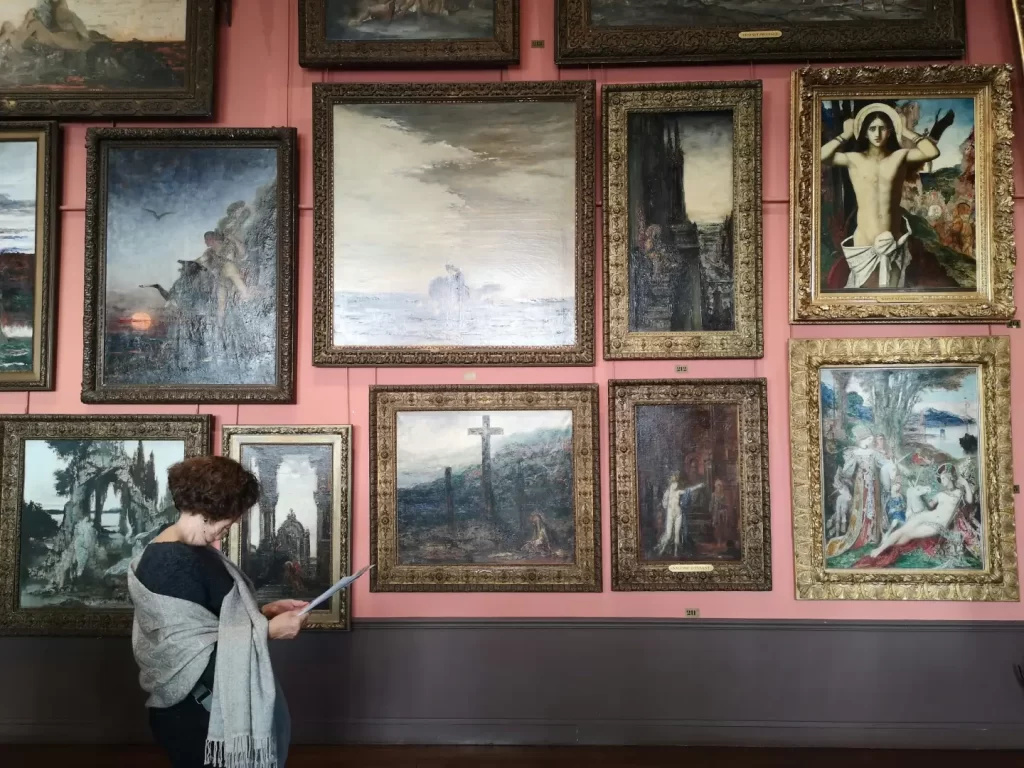
Looking Towards the Future: The Continued Importance of Interdisciplinary Collaborations
As we look toward the future, the importance of interdisciplinary collaborations in the European art scene cannot be overstated. These collaborations will continue to shape the evolution of the arts, fostering creativity, diversity, and cultural exchange.
Nurturing Future Collaborations
It is essential to nurture future interdisciplinary collaborations to ensure the continued enrichment of the arts. This includes promoting educational programs that encourage interdisciplinary thinking, investing in digital platforms that facilitate virtual partnerships, and supporting policies that foster cultural exchange.
In conclusion, interdisciplinary collaborations are critical in enriching the arts in Europe. They foster creativity, promote diversity, and facilitate cultural exchange, leading to the creation of innovative, impactful works. As we navigate our increasingly interconnected world, these collaborations will continue to shape and enrich the European art scene, making it more vibrant, diverse, and inclusive. The future of art in Europe is exciting and promising, thanks to the power of interdisciplinary collaborations and cultural exchange.
The article “Championing a Human-Centered Approach to Digital Transformation in the Cultural and Creative Sectors” examines how putting human experiences and viewpoints first influences innovation, engagement, and sustainability in the rapidly changing digital landscape of the cultural and creative industries.

